A Night of Transcendent Dialogues with Sheku and Isata Kanneh-Mason
By Mi Ran Choi
Guest Contributor, Hollywoodland News
What are the elements of a great conversation?
Some may answer with active listening, while some may respond with authentic connection. Some may say they come with laughs so intense they devolve into wheezing exchanges. While I agree with these responses, I would personally also add that a great conversation feels like a dynamic, delicate dance – inviting one in with a perfect balance of comfortable silences of presence and spurts of consonant repartee.
I was graciously treated by Hollywoodland News’ Regina Jordan to such an inviting musical conversation on Wednesday evening at the Walt Disney Concert Hall, with cellist Sheku Kanneh-Mason and pianist Isata Kanneh-Mason presenting a vibrant evening of chamber music. It was a great pleasure returning to my old haunt after 8 years of life and musical studies in Chicago, even more so to finally watch one of my favorite cellists in person!
Into The Soundscape with Sheku and Isata Kanneh-Mason
There is nothing quite like the transition from the bustle of the frenetic work week and Downtown LA rush hour traffic, to the warm serenity of the concert hall – I was pleased to notice that this experience remains the same after such time away. Walking through the enormity of architect Frank Gehry’s living creation, sculpted to embrace the music it breathes, simultaneously soothed any pre-existing nerves and sparked an unfettered excitement for the evening ahead.

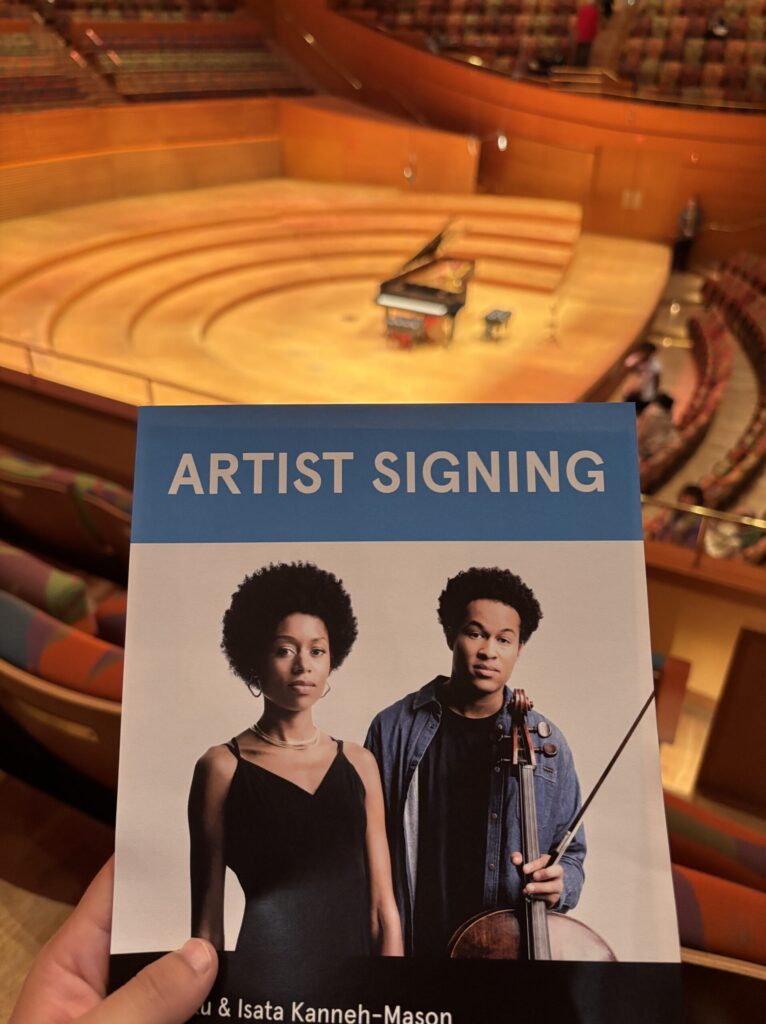
What made the evening’s atmosphere particularly special was the sparse, but intimate stage configuration. Where there would normally be rows of chairs, music stands, and larger instruments arranged in a semicircle around the conductor’s podium, was a grand piano, two piano benches, and a chair bathed under the center of the warm white stage lights. Time seemingly stopped as the audience lights dimmed and the surrounding murmurs hushed into a hungry silence.
Only under this lighting did the concert setting begin to feel more like a formal house* concert, with everyone in attendance that evening warmly invited in.
*Historically, chamber music was commonly played in court rooms or cozier house concert settings. The genre was well loved by musicians as a social activity and for personal enjoyment.
The Dynamic Duo:
Sheku and Isata Kanneh-Mason
Siblings Sheku and Isata Kanneh-Mason are best known for their appearances in recent years at the BBC Proms, an eight-week summer concert season hosted yearly at the Royal Albert Hall in the heart of London. Both are in popular demand at music halls worldwide, both as collaborators and as soloists performing with orchestras. Both are Decca Classics artists and have impressive discographies, definitely worth checking out.
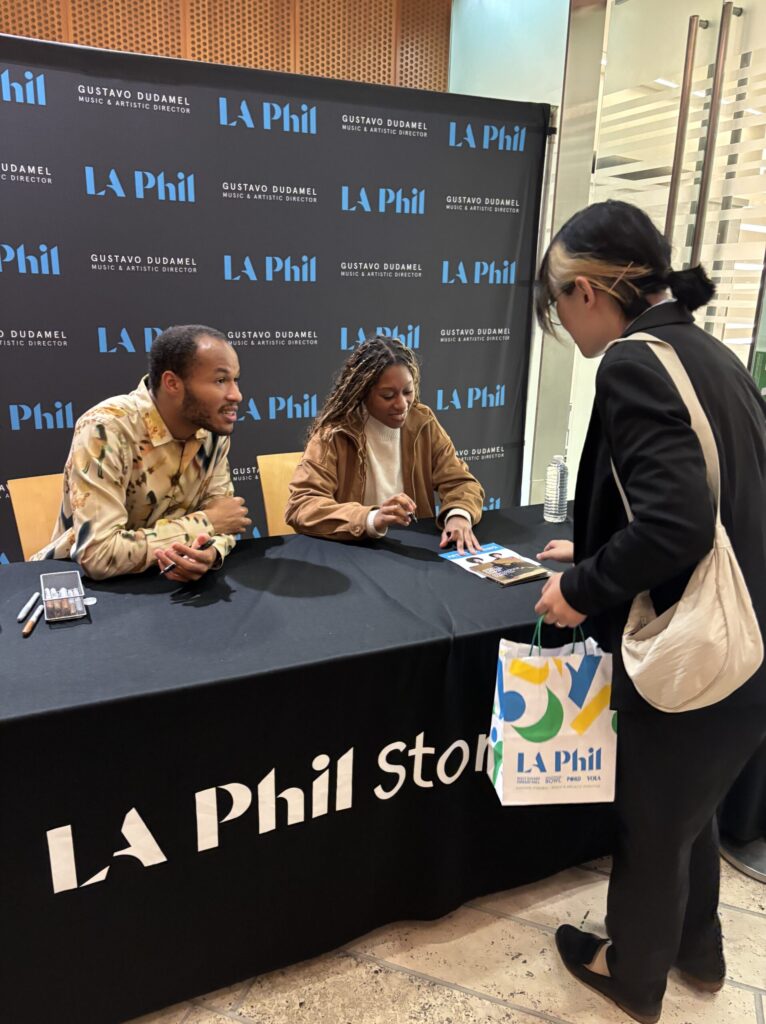
As a cellist, I have looked up to Sheku Kanneh-Mason since learning of him around 2019, for his full embodiment of the music he plays. His inspiring efforts to make music accessible to all have included performing at school halls and family-friendly venues around the globe, featuring familiar and eclectic repertoire. This is a very refreshing and much-needed departure from the classical scene’s historical ties with elitism and gatekeeping, among other deep-seated issues such as misogyny, discrimination against and underrepresentation of BIPOC and LGBTQIA artists, and eurocentrism.
His tone is one of richness and vigor, with a sensitivity that is felt in all parts of his 1700 Goffriller cello’s expressive range. There could not be a more perfect, simpatico pairing for his sound than with his sister Isata’s force-of-nature artistry and facility over piano keys.
Chamber Favorites From a Bespectacled Cellist’s (Four) Lenses
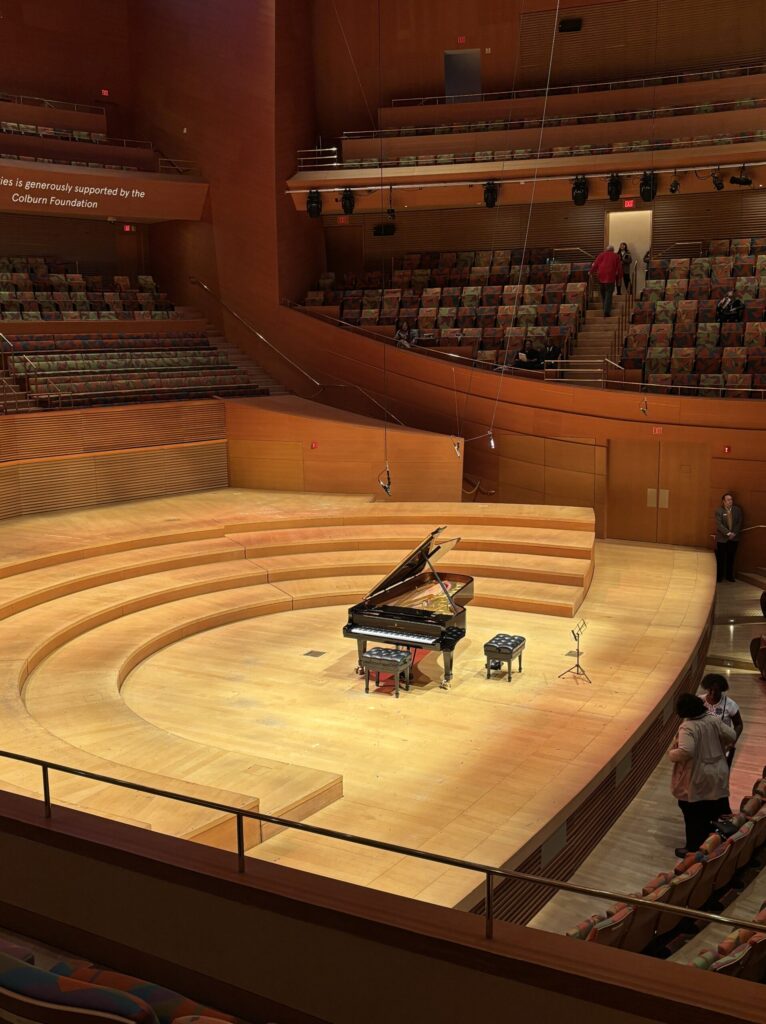
Chamber music repertoire is often the bread and butter of a classically-trained cellist or pianist’s studied material. The highlights of my experiences in higher education with the cello boil down to the strong connections forged while meeting others in forming ensembles, and being introduced to works by countless composers. It’s even how I met my lifelong partner, who’s a pianist and organist!
Realizing the composer’s musical intentions while also engaging harmoniously with what experiences, quirks, and musical gifts everyone has to bring to the table makes every chamber music experience so incredibly unique and precious. Much like meeting a new acquaintance and getting to know their story – just without words!
The night’s program consisted of Felix Mendelssohn’s (1809-1847) Cello Sonata No. 1 in B-flat Major, Gabriel Fauré’s (1845-1924) Cello Sonata No. 1 in d minor, Natalie Klouda’s (b. 1984) Tor Mordôn, and Francis Poulenc’s (1899-1963) Cello Sonata. Though Mendelssohn’s, Fauré’s, and Poulenc’s sonatas are generally considered standard repertoire for cellists, the Kanneh-Masons left out any possible room for predictability or preconceptions. Their interpretations brought a fresh take on these classics with the duo’s signature energy and powerful stage presence, united by their seamless synergy.
What immediately grabbed my attention was the lid of the piano being propped fully open, instead of the usual “half-stick” for chamber music settings. It was an exciting change of pace to witness a pianist play in this context without the need to hold back for the sake of balancing volumes of voices. Not that there was any concern for balance – Sheku’s depth and richness of tone on his cello sang out sonorously and seemingly effortlessly through the dense and thick textures of the piano’s part.
This masterclass in conversing was complete with embodied silences balanced with moments of playful and energetic banter between the two instruments. The Kanneh-Masons both employed the full gamut of their instruments, dancing through the dualities present in music. Louds vs softs. Darker vs lighter tone colors. Animated vs introverted characters. These oppositions were transcended to let each note’s hue resonate with clarity – an experience that this synesthete appreciates.
Turns out that this appreciation was mutual with the large audience! After a lengthy standing ovation, the dynamic duo returned to gift everyone with an encore – a performance of Mendelssohn’s Lied Ohne Worte (“Song Without Words”).
The finale’s romantic lyricism left everyone so entranced that the hall fell into a breathless silence after the final note’s decay. For that magical split second, everyone savored the much-needed gift of silence and conscious presence.
Fresh Off The Music Press: Natalie Klouda’s Tor Mordôn (2023)
Departing from familiar territory, we have Natalie Klouda’s Tor Mordôn, composed to pay homage to Isata and Sheku’s Antiguan and Welsh heritage.
Commissioned by Mr. and Mrs. William Jacob III, American Patrons of the Philharmonia Orchestra, London, the work is an electrifying set of musical vignettes. The work’s title (from Brythonic languages) translates to “sea mount of light,” and the work draws inspiration from folklore as well as dramatic landscapes.
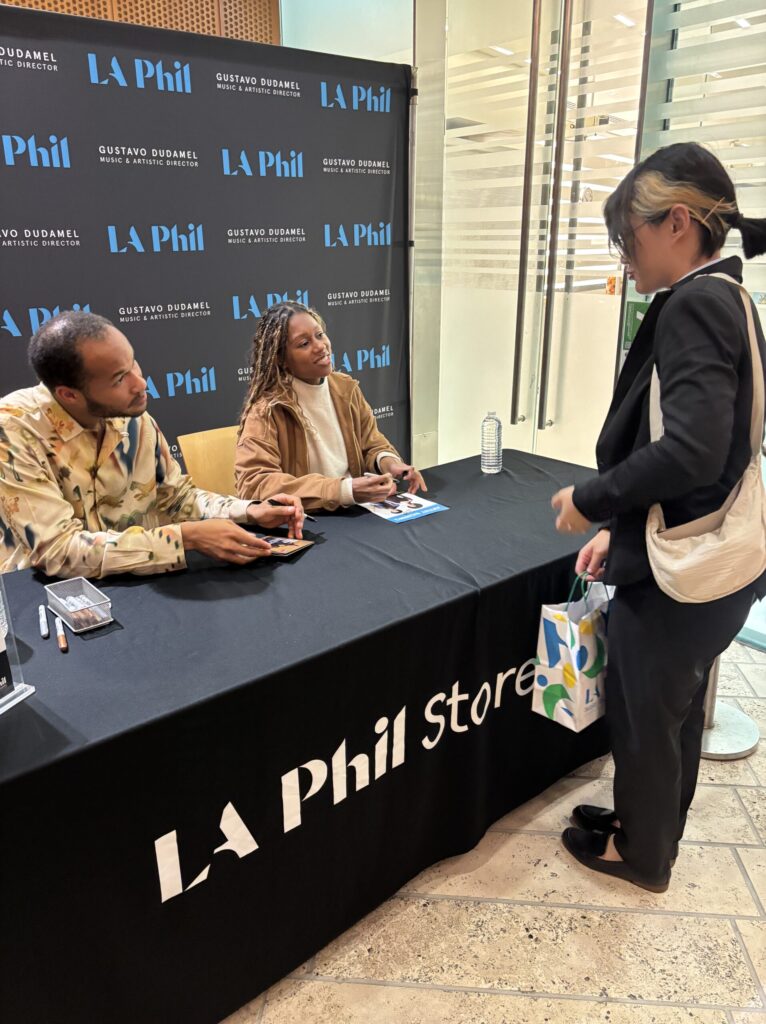
Playing and listening to new music is always a welcome treat, as well as an exercise in openness. In this age of “postmodernism,” a label I reluctantly use for lack of a better one, there are infinite possibilities and directions that a composer could take their music in. There is a diverse pool of resources, references, and sources of inspiration (and lions, tigers, and bears – oh my!), all available at the tap of a screen or a click of a button. All it takes is curiosity and a willingness to receive.
The Kanneh-Masons maintained their poise through thunderous and almost aggressive sections, skittering harmonics, instances of hand crossing, and quick transitions into contrasting motifs.
At times, I wanted to close my eyes to fully relish the washes of colors painted by the voices of these two instruments. Yet, I was locked in visually on their charismatic stage presence and couldn’t bring myself to avert my gaze. Perhaps going half-closed, half-open might have worked? Who knows.
Consider Chamber Music!
All this to say, if you have been considering different genres of music to enjoy, I strongly urge you to check out chamber music performances! Whether you’re looking for a taste of classical favorites, creative combinations of different instruments, or if you’re looking for fresh works by new composers, there is something for everyone.
Readers – please stay tuned for Hollywoodland News‘ future reviews on LA’s classical performances! You’ll never know what might pique your interest next. Maybe you may walk away with a new favorite composer or artist… or five, or seven.
About the Author:
Mi Ran Choi
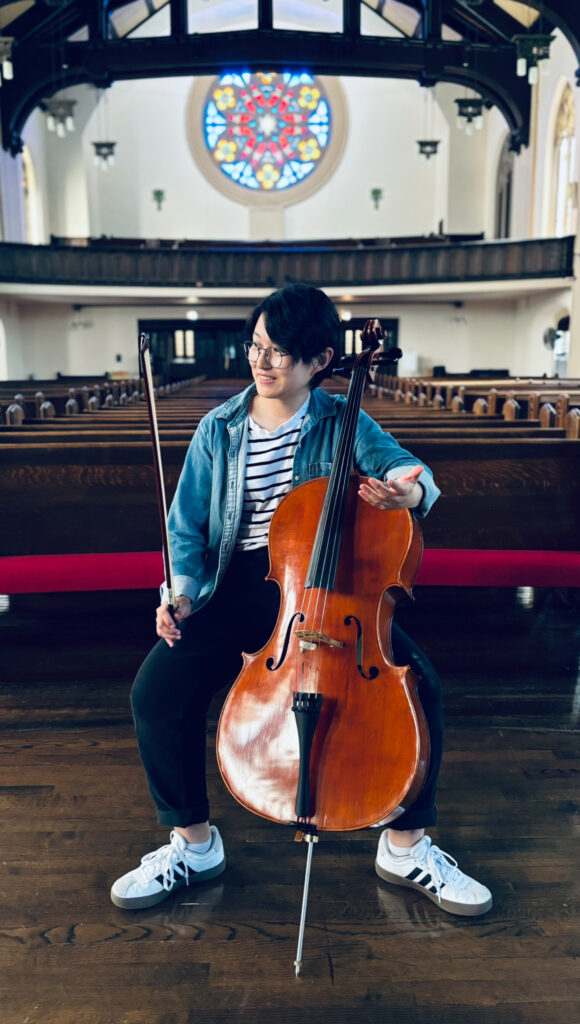
East Hollywood-native Mi Ran Choi (they/she) is a cellist and educator primarily based in Chicago. They hold a Bachelor of Music in Cello Performance and a Certificate in Music for Social Change and Human Values from North Park University, and a Master of Arts in Applied Music Pedagogy from Northeastern Illinois University.
Choi is an active chamber musician, collaborating regularly with their husband, organist and pianist Nguyễn “Bobby” Trần Xuân Nguyên as well as the Wander Ensemble chamber music collective.
Since July 2024, Choi (temporarily) returned to their hometown and now serves as an Alpert Scholar Coordinator with Los Angeles City College’s Herb Alpert Music Center, coaching chamber music ensembles and aiding the Philharmonic Choir director.
In their spare time, they enjoy composing, writing, and reading—if not fueling their shameless coffee addiction, which they document on their site cello-there.com.
EDITOR’S NOTE: At Hollywoodland News, we believe that conversations about diversity and equity in the arts can’t stop at red carpets or film festivals. They must include classical music, chamber ensembles, and opera—genres that have long been gatekept, whitewashed, and boxed away from pop culture. But the truth is, these art forms are part of the cultural fabric too. They influence, reflect, and evolve alongside everything from cinema to street style.
We’re committed to covering these performances not just because they’re beautiful, but because they’re part of the bigger picture. As the classical world opens up to more voices and more stories, we’ll be here to document it—making space, asking questions, and celebrating the artists who are changing what inclusion in the arts really looks like.


Leave a Reply